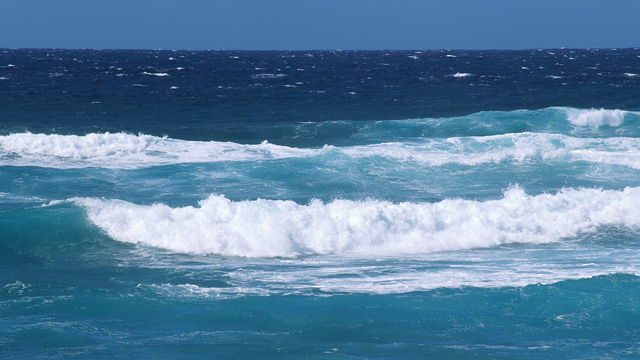Krillinjalostus
Krill represents the largest biomass of any animal species on the entire planet, yet is only in the beginning of modern commercial exploitation. The main commercial harvesting of krill takes place in the Southern Ocean around Antarctica, on the basis of carefully monitored and strictly limited international licenses.
Exceptional potential
One of the key long-term commercial attractions of these tiny crustaceans is that they have an oil content of 2–7%, depending on season.
Antarctic krill also contain 60–65% protein by dry weight, and provide a wide range of health benefits.
Heating, separation and concentration
Alfa Laval equipment is in particular demand for the many continuous heating, separation and concentration duties at the heart of krill processing.
Almost all types of Alfa Laval heat exchangers are used, along with equipment for two-phase separation and for evaporation.
World leader
Reflecting the pre-eminence of Alfa Laval technologies in the processing of krill, the majority of vessels now engaged in krill harvesting have at least some kinds of Alfa Laval equipment aboard.
More than 70% of the world krill harvest is currently processed using Alfa Laval technologies.
Shipboard reliability
All the processing of krill has to take place aboard the ships that harvest them, while the krill are still fresh.
The entire chain of fishing, wet processing and onboard packaging therefore requires equipment that is exceptionally rugged, and highly reliable. Should anything go wrong, each vessel is thousands of kilometres from port.
This why the core advantage of using Alfa Laval equipment lies in the well-integrated configurations, exceptionally durable design and proven reliability. This results in krill processing set-ups you know you can rely on.

